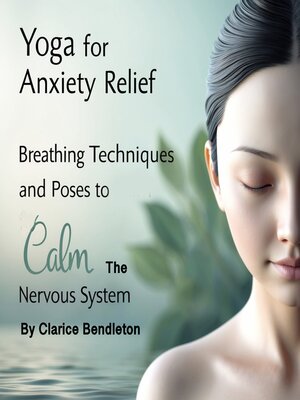Yoga for Anxiety Relief
audiobook (Unabridged) ∣ Breathing Techniques and Poses to Calm the Nervous System
By Clarice Bendleton

Sign up to save your library
With an OverDrive account, you can save your favorite libraries for at-a-glance information about availability. Find out more about OverDrive accounts.
Find this title in Libby, the library reading app by OverDrive.



Search for a digital library with this title
Title found at these libraries:
| Library Name | Distance |
|---|---|
| Loading... |
Anxiety is a natural emotional response to stress, but when it becomes persistent or overwhelming, it can interfere with daily life and well-being. To fully comprehend anxiety, it is essential to understand how it works within the body, particularly how the nervous system responds. Anxiety arises from a complex interaction of psychological, physiological, and environmental factors. At its core, anxiety is a feeling of worry, nervousness, or unease, often about an imminent event or something with an uncertain outcome. While everyone experiences anxiety from time to time, chronic anxiety can lead to more serious health conditions, such as generalized anxiety disorder, panic disorder, and social anxiety.
The nervous system plays a crucial role in how we experience anxiety. It is divided into two primary branches: the central nervous system (CNS) and the peripheral nervous system (PNS). The CNS includes the brain and spinal cord, which process information and send signals throughout the body. The PNS connects the CNS to the rest of the body, and it is further divided into the somatic nervous system, responsible for voluntary control of body movements, and the autonomic nervous system (ANS), which regulates involuntary bodily functions like heart rate, digestion, and respiratory rate.
The autonomic nervous system is particularly important when it comes to anxiety. It consists of two parts: the sympathetic nervous system (SNS) and the parasympathetic nervous system (PNS). The sympathetic nervous system is responsible for the "fight or flight" response, which is activated during stressful situations. When a person feels anxious, the SNS triggers physiological changes like an increased heart rate, faster breathing, and the release of stress hormones like adrenaline and cortisol.







